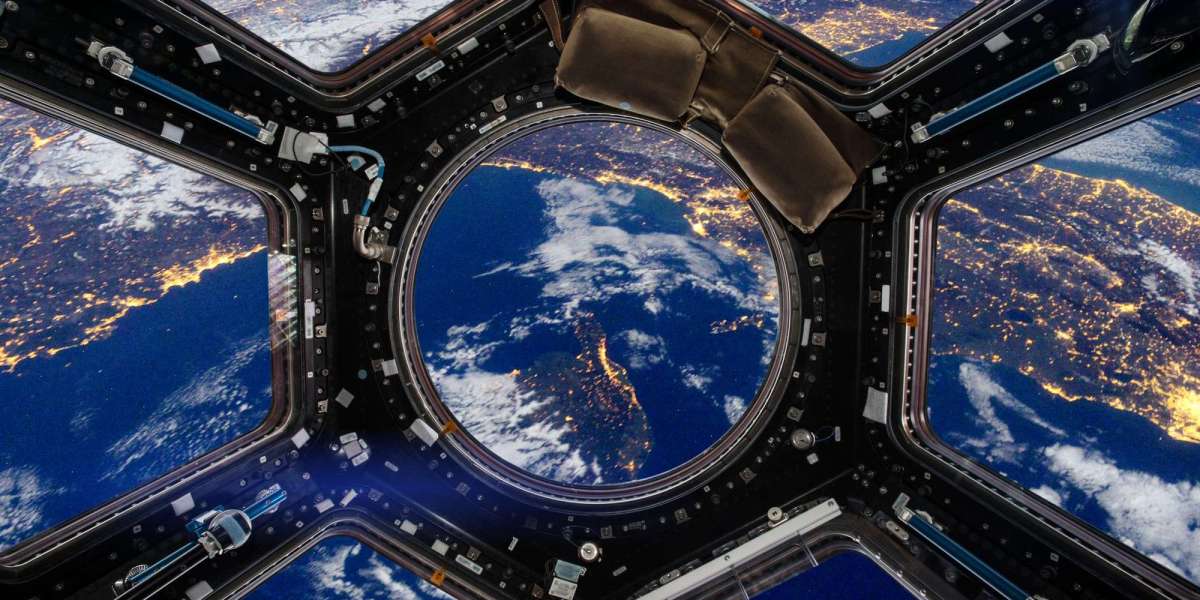The International Space Station (ISS) stands as one of humanity’s greatest engineering achievements. Orbiting approximately 420 kilometers above Earth, this floating laboratory has revolutionized space research, international cooperation, and scientific discovery. The National Geographic documentary "Uncovering the Secrets of the International Space Station" offers a deep dive into the ISS’s history, functionality, and significance.
The Birth of the ISS
The ISS is a result of collaboration between multiple space agencies, including NASA (United States), Roscosmos (Russia), JAXA (Japan), ESA (Europe), and CSA (Canada). Its construction began in 1998 and has since evolved into a fully operational space station where astronauts from around the world live and work. The station was built in modular segments, with various countries contributing different sections that were assembled in orbit.
Daily Life Aboard the ISS
Living in space presents unique challenges. The documentary explores how astronauts adapt to microgravity, where simple tasks like eating, sleeping, and exercising require innovative solutions. Astronauts follow a strict routine, including scientific research, equipment maintenance, and physical exercise to counteract the effects of weightlessness. Food is specially prepared to prevent crumbs from floating around, and sleep is managed using sleeping bags strapped to walls.
Scientific Research and Discoveries
One of the ISS’s primary purposes is conducting experiments that would be impossible on Earth. Research on the ISS spans various fields, including:
Human physiology: Studying the effects of long-term space travel on the human body.
Biology: Observing how plants and microbes react in space environments.
Physics: Conducting experiments in microgravity to better understand fundamental principles of matter and fluid dynamics.
Technology testing: Evaluating new space technologies that may be used in future missions to the Moon and Mars.
International Collaboration and Unity
The ISS represents one of the most successful international collaborations in history. Countries that may have political or economic differences work together in harmony to advance space exploration. This cooperation has paved the way for future deep-space missions and has set a precedent for how humanity can unite for a common goal.
The Future of the ISS
While the ISS has served as a hub for scientific discovery for over two decades, its future is a topic of ongoing discussion. Plans for private companies to take over some operations, alongside the development of new space stations by countries like China, indicate that space exploration is entering a new era. Some experts predict that the ISS will eventually be replaced by more advanced stations or deep-space habitats.
Conclusion
The ISS is more than just a space station—it is a symbol of human ingenuity, perseverance, and the limitless possibilities of space exploration. National Geographic’s documentary sheds light on the fascinating inner workings of this orbital laboratory, emphasizing its critical role in shaping the future of humanity beyond Earth.
For those passionate about space exploration, the ISS remains a testament to what can be achieved when nations come together for the pursuit of knowledge.



